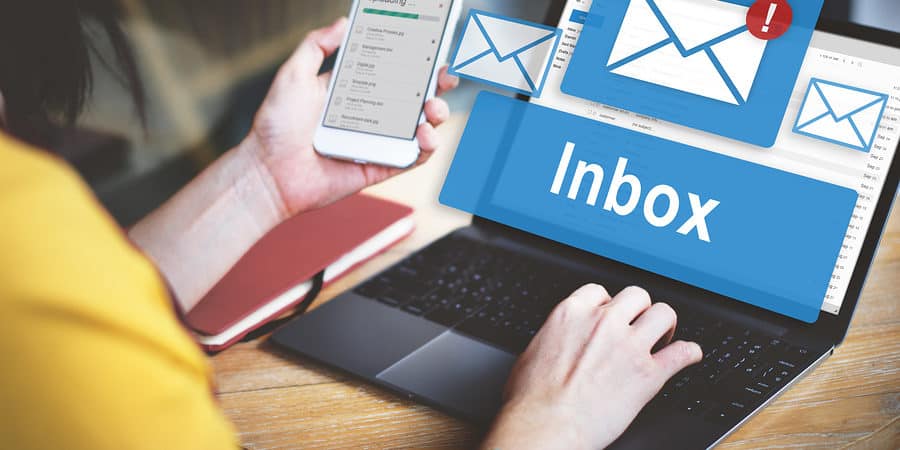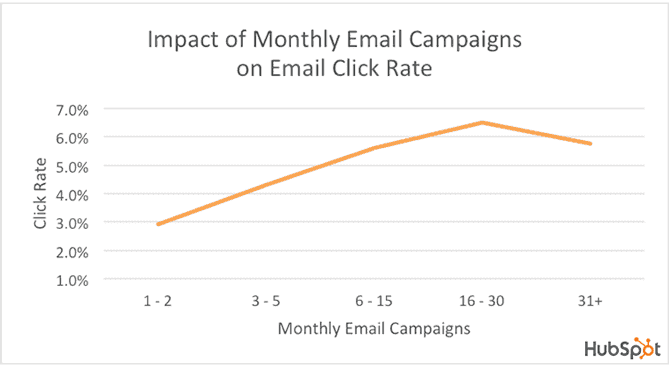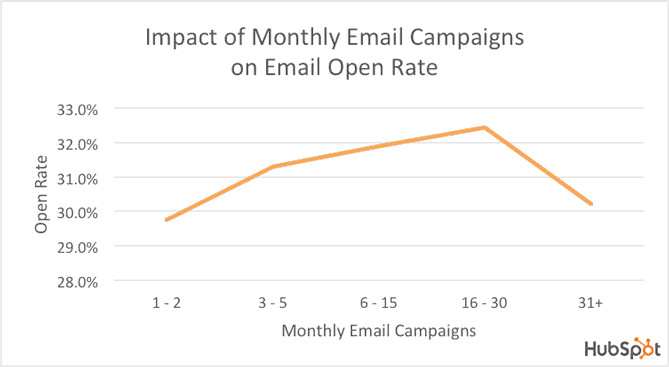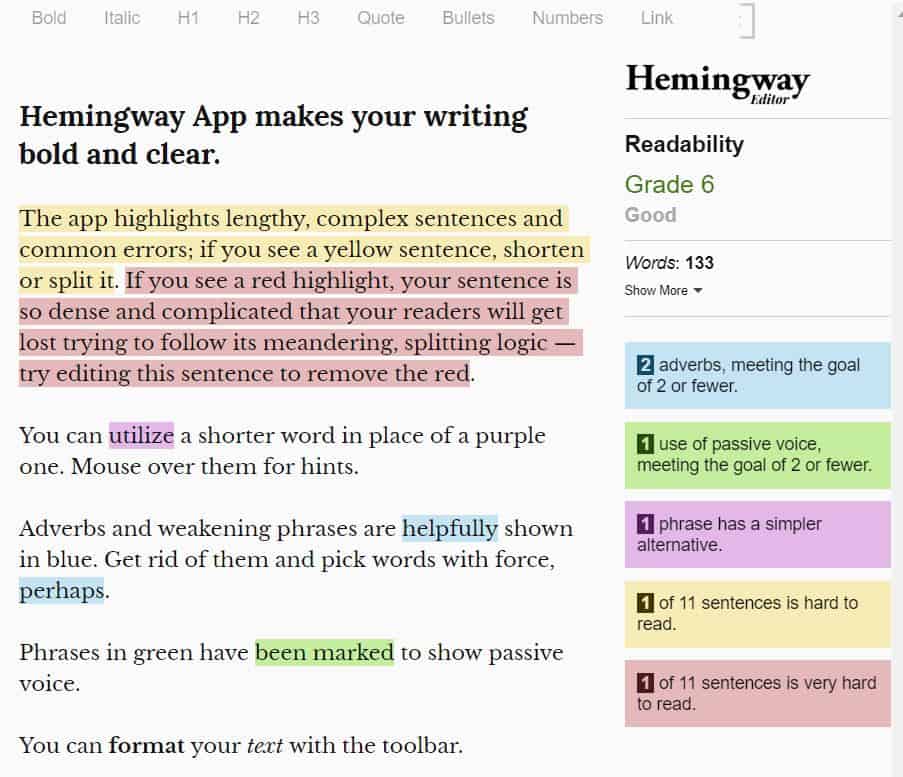
A Guide to Writing Newsletters

Email newsletters are one of the best ways to bring in monthly recurring revenue. If you want some tips for writing newsletters yourself, then look no further. In this blog, we'll be going over some tips and instructions for writing your newsletters.
What makes a great newsletter?
1. Make it interesting
While this seems obvious, there are plenty of people and small businesses out there emailing their subscribers about their life story or other things people just generally don't care about. To be honest, your audience doesn't want to read about your life or the problems you've faced. They only want to know how you can help THEM with their problems - it's just the way humans are wired.
At the same time, unless your customer has opted-in to receive only ads, don't just send them ads.
When writing out your newsletters, try to be objective. If you received this email, would you care enough to read it?
2. Be consistent
When sending emails out to your audience, you need to find a happy medium. Don't send too many to annoy your audience (they'll just end up deleting them without opening them or unsubscribe altogether) but don't let the dust settle either. Find a schedule and stick to it as best you can. You don't want to send out an email every other day one week and then no emails the next week.
Sending weekly, bi-weekly, or even monthly emails can be great. But sending emails daily or even multiple times a day is usually a bad idea unless that's what your subscribers knew they were signing up for.
HubSpot did a study on email open and engagement rate medians based on the number of emails sent out per month. According to their data, the best results come from sending between 16-30 emails per month (which equals out to an email every day or every other day).


Do note that email campaigns are targeted emails sent to just a portion of the database; they are not email blasts to everyone.
Even with this data, however, you should test out some different frequencies to see what works best for you and your audience. Tip: tell people in your welcome email how often you'll be emailing them.
3. Get more people to open your emails
A study run by MailChimp found that the average email open rate across all industries on their platform is just under 21%. So, only 1 out of 5 of your customers will open your emails. That doesn't sound too great, does it? However, there are ways you can increase that percentage:
- Write enticing subject lines
- Build trust with your audience
- Instead of using a brand name, use your name in the "From" address.
If your audience trusts you and your brand, they will trust that your emails are usually valuable to them and will open them regardless of the subject line. On the other hand, if your audience doesn't know you that well but your subject lines interest them, they'll also open your emails. When you have both a compelling subject line and the trust of your audience, you'll have high open rates!
4. Keep your emails short and to the point
Basically, don't tell your audience your entire life story. While this was mentioned in the first tip, it's important to note that people are living busier and busier lives, and nearly 3.4 million emails are sent out every second. By the time someone has read through one email, another five have come in, and nobody has time for that! Do yourself and your audience a solid and keep your emails short and simple.
Make sure your emails are no longer than 3-5 paragraphs and use short sentences that are easy to read. Try to write your newsletters at a 7th-grade level or lower. Hemingway Editor is an excellent tool for checking the reading level of your content.

Writing your first newsletter
Now that you know what goes into making a great newsletter, here are some step-by-step instructions for writing your first one.
1. Figure out what you want to say to your audience
Before you start, sit down and think about what you want to share. Some examples include:
- Blog posts
- Videos
- Infographics
- Other people's content within the same niche that your audience would care about
- The launch of a new product
- Projects you're working on
- Discounts and sales (to be used sparingly)
Once you know what you want to share, it's time to move onto the next step: writing a draft.
2. Write your draft
When you start writing an email, you should always write as if it is being sent to a specific person, whether it be someone you know or a persona you made up to act as an ideal subscriber. By writing this way, you can make your emails more personal and interesting, rather than just having a generic one written to "everyone."
3. Proofread and review
After you've finished your rough draft, proofread it to make sure it makes sense, sounds interesting, and you don't have any open-ended sentences, spelling, or grammatical errors.
You should also read the email aloud at least once. Reading out loud makes it easier to catch any typos and helps you make sure an intriguing, conversational tone is coming across.
You can also have someone else read your email - preferably someone who resembles your target audience. You can also use a friend or family member to help you refine your email.
4. Send to a small chunk of your list first
Once you've reviewed your draft and made any necessary changes, before sending it to all of your subscribers, consider sending it to just a small portion of them (~15%). By doing this, you can see what kind of open rates the email gets, and you can make sure everything is working the way it's supposed to.
5. Send it to your entire email list
If everything looks good and no one emailed you back saying something is broken or doesn't make sense, then you can send it out to the rest of your email list.
That's it! You wrote your first newsletter.
Bonus tips for writing your newsletters
If you're looking to up your game a little, here are some tips to make your newsletters even better!
1. Group your email list
Segmented lists tend to outperform non-segmented ones. According to a study done by MailChimp, segmented lists receive more opens and double clicks than lists that are non-segmented.
Here are a few ways you can separate your email list:
- Based on what they opted in for on your website
- Based on the links they click in your emails
- Based on which emails they open
For example, if someone opts in to receive content on parenting, send them articles about family bonding, baby milestones, toys and games, and books.
Depending on what emails they open or links they click on, send them more emails about the topic they're taking the most interest in. If they're interested in baby milestones and activities, send them more emails about that.
2. Split test your email subject lines
Split testing means sending two or more variants of your subject line to your audience to see which one gets the highest open rate. You can also split test the content, such as type of discount or email copy.
To split test your subject lines, come up with some ideas (5-10) and pick the two which seem the most promising.
3. Figure out what your audience really wants
Survey your audience to gain some quick, easy insight into what they want. You can create a survey to see what they like or don't like about your products, what kind of content they want to see, how often they want to receive emails, etc.
To create a survey:
- Figure out what questions you want to ask your audience.
- Create a survey using Typeform or Google Form.
- Add questions with choices to your survey. You can make answers multiple-choice, short text, long-form, etc.
- Copy the URL for the survey and write up an email.
- Review the results!
Let's bring the spotlight to your business today.
From brainstorming to implementation, AnoLogix has successfully designed, created, developed and implemented websites for people and businesses since 2000.
With AnoLogix your business can skyrocket. Do you want to learn how we can help?
or call us for a FREE consultation at (904) 807-8961